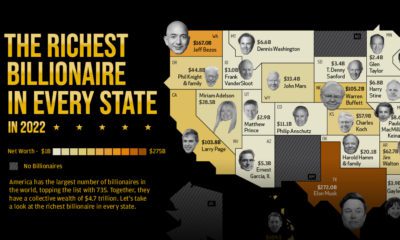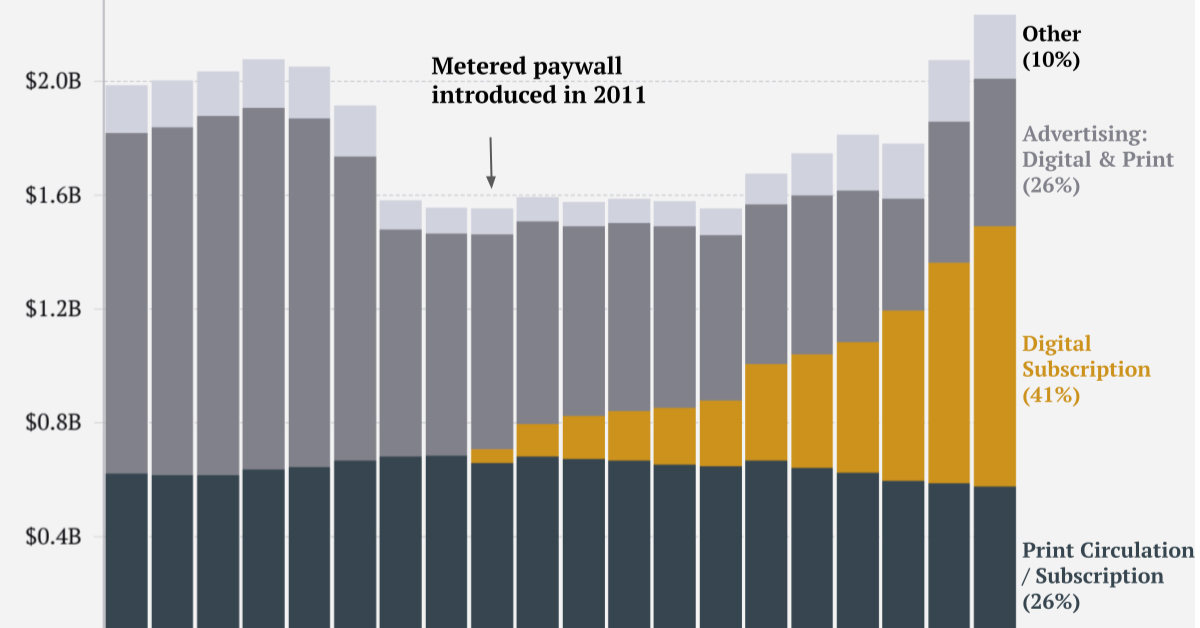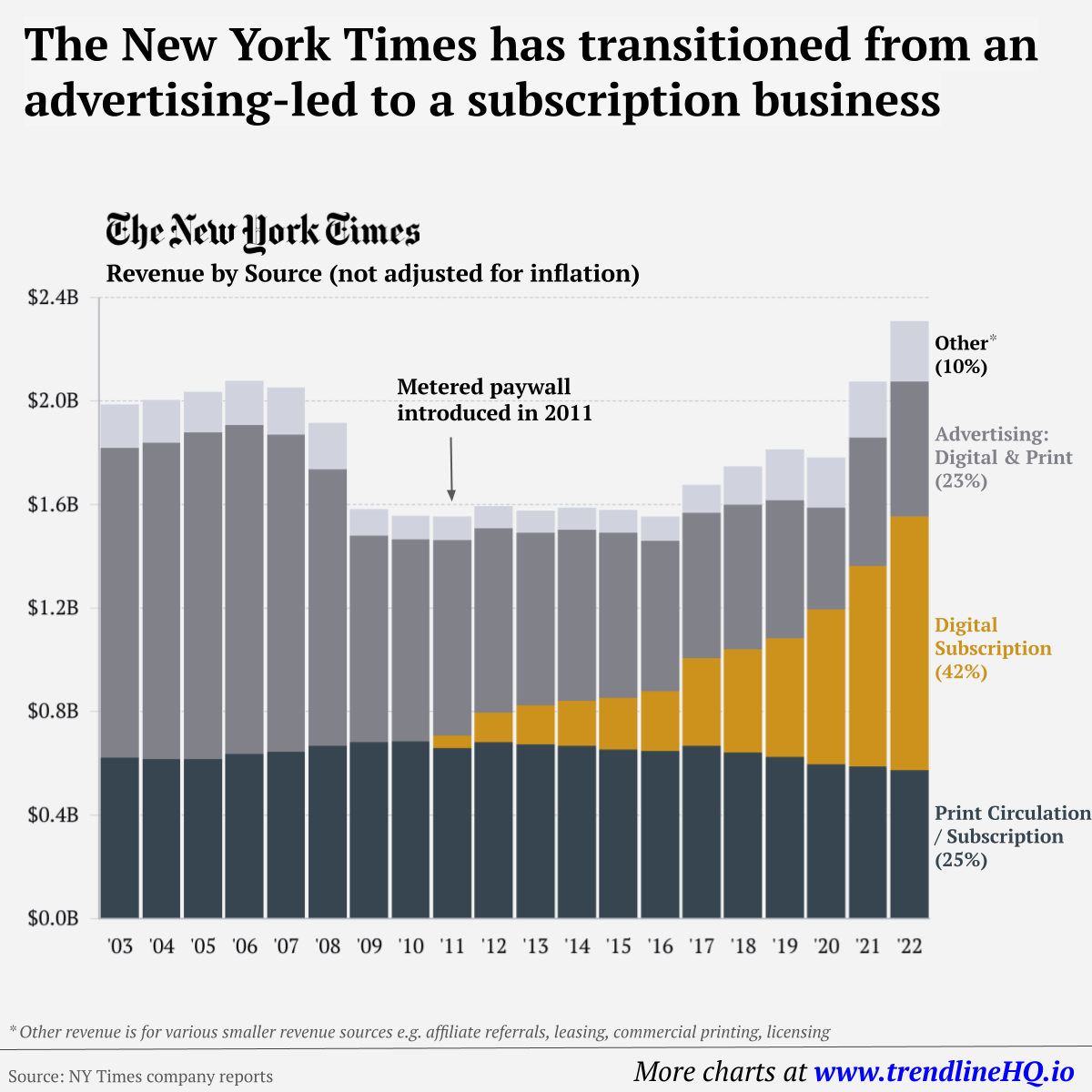In today’s fast-paced business landscape, a company’s chief financial officer (CFO) is more integral to operations than ever. In fact, about 41% of CFOs spend the majority of their time on non-finance related activities, fueling data-driven decisions across the business. The only problem? Leaders outside of finance still see CFOs contributing the most value in traditional finance areas, such as accounting and controlling. Today’s infographic from Raconteur explores the expanding scope of CFO responsibilities, as well as the perception gap between CFOs and non-finance leaders when it comes to the former’s primary value-driving activities.
The CFO’s Expanding Role
Traditionally, the CFO was focused on financial reporting and issues such as compliance, accounts, and taxation. However, the scope of a CFO’s duties has increased dramatically in recent years. Thanks to technological advances, CFOs are now able to access massive amounts of data on their organization’s operational and financial performance. —Robin Bryson, Interim CFO at Impero Software Armed with data, CFOs can help predict headwinds, forecast performance, and make informed decisions across departments. In a global survey, McKinsey asked finance leaders about the breadth of their responsibilities. Of the CFOs who said they spend they a majority of their time on non-finance tasks, here’s where their attention is focused: However, other business leaders remain in the dark about this broader role.
Differing Views
While the CFO’s job description has evolved considerably, outside perceptions of it have not. In a survey of both CFOs and non-finance leaders, there is a clear difference of opinion with regards to where financial leaders create the most value: CFOs see their largest contributions in the areas of performance management and strategic leadership, while others still consider the CFO’s value to be derived primarily from traditional finance and cost/productivity management. How can CFOs demonstrate their increased responsibility to leaders outside of the finance realm?
Closing the Gap
According to McKinsey, CFOs can demonstrate their expanded role in three main ways:
- Actively head up transformations. While CFOs are already playing a role in transformations, non-finance leaders are less likely to perceive them as making strategic contributions. CFOs also tend to initiate the most transformations in the finance function alone. To change perceptions, CFOs can lead enterprise-wide transformations, and communicate their strategic value through activities like high-level goal setting.
- Lead the charge towards digitization and automation. Few organizations have initiated the shift in a substantial way, with only ⅓ of finance respondents saying their companies digitized or automated more than 25% of their work in the last year. However, the payoff is well worth the effort. Among those that have undertaken this level of change, 70% reported modest to substantial returns on investment.
- Develop talent and capabilities across the organization. CFOs have begun increasing their value through talent-building, but there is still a significant amount of room for further growth. For example, CFOs can build capabilities during transformations, teach financial topics to non-finance leaders, and develop top talent across the organization. Through these various strategies, CFOs can foster collaboration and understanding between departments—and succeed in their broader roles. on Similar to the the precedent set by the music industry, many news outlets have also been figuring out how to transition into a paid digital monetization model. Over the past decade or so, The New York Times (NY Times)—one of the world’s most iconic and widely read news organizations—has been transforming its revenue model to fit this trend. This chart from creator Trendline uses annual reports from the The New York Times Company to visualize how this seemingly simple transition helped the organization adapt to the digital era.
The New York Times’ Revenue Transition
The NY Times has always been one of the world’s most-widely circulated papers. Before the launch of its digital subscription model, it earned half its revenue from print and online advertisements. The rest of its income came in through circulation and other avenues including licensing, referrals, commercial printing, events, and so on. But after annual revenues dropped by more than $500 million from 2006 to 2010, something had to change. In 2011, the NY Times launched its new digital subscription model and put some of its online articles behind a paywall. It bet that consumers would be willing to pay for quality content. And while it faced a rocky start, with revenue through print circulation and advertising slowly dwindling and some consumers frustrated that once-available content was now paywalled, its income through digital subscriptions began to climb. After digital subscription revenues first launched in 2011, they totaled to $47 million of revenue in their first year. By 2022 they had climbed to $979 million and accounted for 42% of total revenue.
Why Are Readers Paying for News?
More than half of U.S. adults subscribe to the news in some format. That (perhaps surprisingly) includes around four out of 10 adults under the age of 35. One of the main reasons cited for this was the consistency of publications in covering a variety of news topics. And given the NY Times’ popularity, it’s no surprise that it recently ranked as the most popular news subscription.














